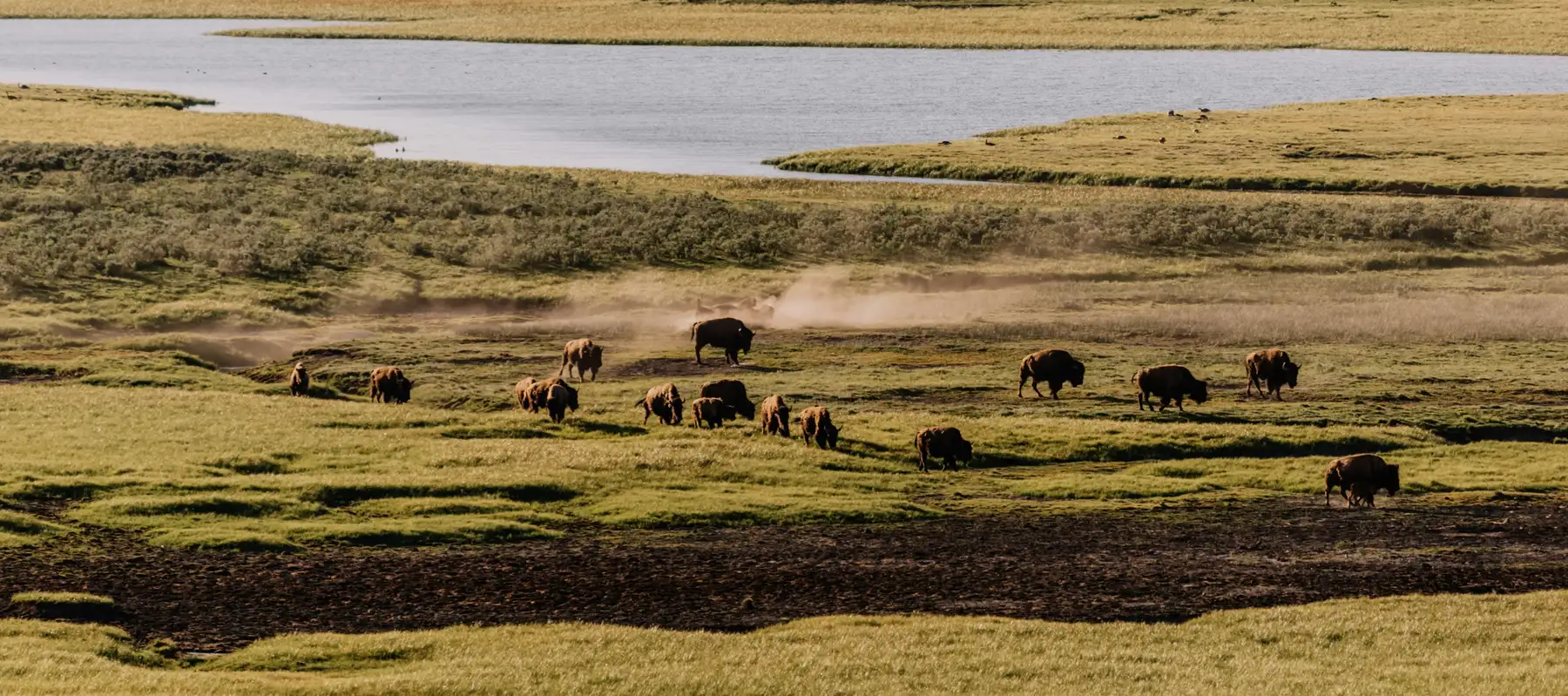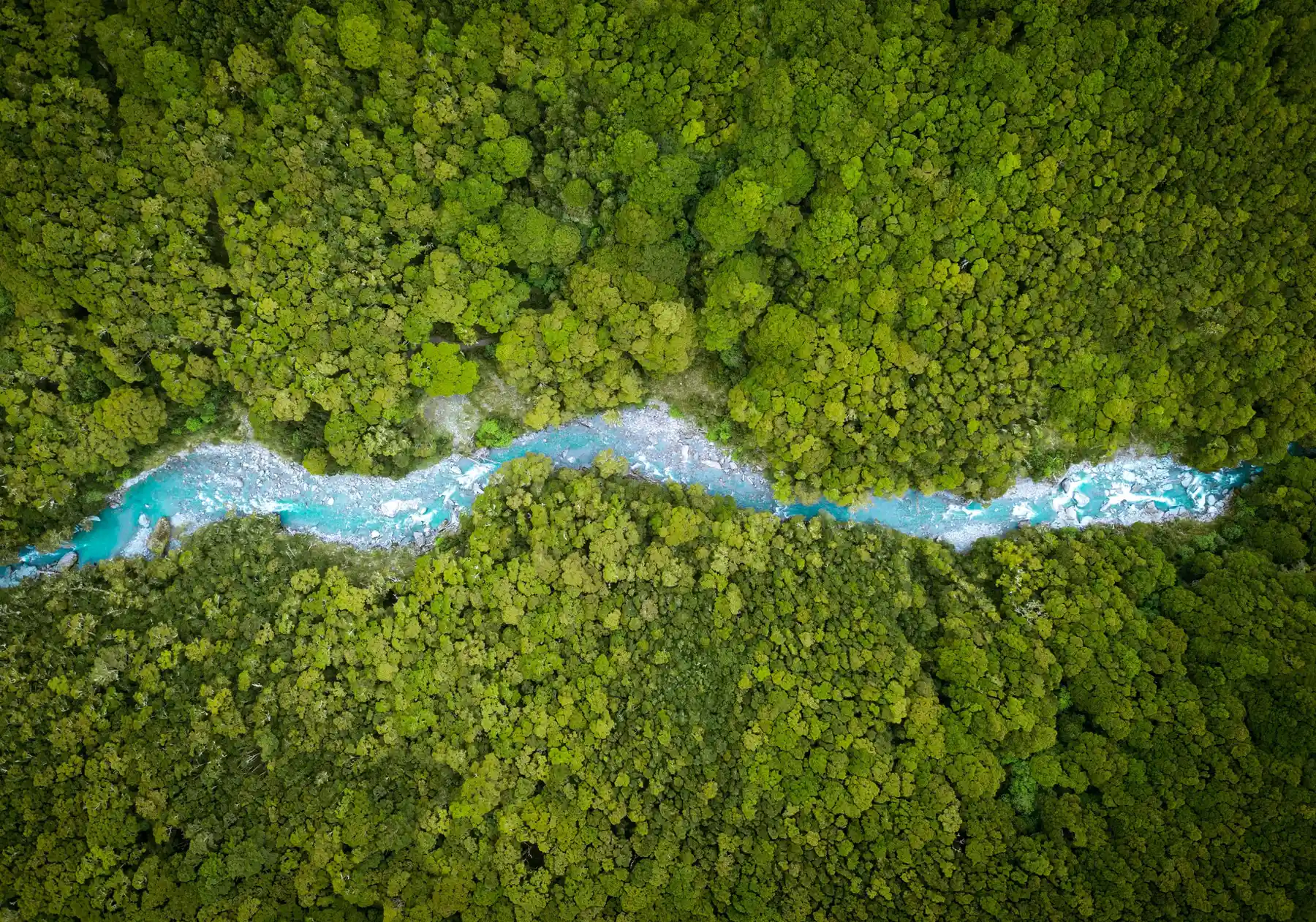Global Forest Observations Initiative
GFOIMature FlagshipSupports countries in producing reliable forest information for climate change mitigation.

Ecosystems, Biodiversity and Carbon Management addresses the urgent need to halt biodiversity loss and ecosystem degradation. Earth observations, combined with artificial intelligence, machine learning, and ground-truthing, support habitat mapping, impact assessment, and the development of metrics to track progress.
As climate action depends on ecosystem health and carbon sinks, GEO provides essential data and tools to guide conservation, restoration, and sustainability efforts.
With advanced Earth Intelligence technologies, GEO activities such as Global Forest Observations Initiative, GEO BON, GEO-TREES Global Ecosystems Atlas and GEO Mountains support:
Supports countries in producing reliable forest information for climate change mitigation.
Coordinates global biodiversity monitoring to inform conservation and sustainable use policies.
Enhances forest biomass monitoring with tree-level data.
Comprehensive tool for ecosystem insights, aiding restoration, biodiversity assessment and carbon storage analysis for sustainable solutions.
Advances Earth observations for monitoring mountain ecosystems.
Improves monitoring and management of global wetlands.
Promotes Earth observation collaboration for environmental monitoring.

Central to GEO’s work on ecosystems is the Global Ecosystems Atlas, a ground-breaking tool developed to provide comprehensive insights into ecosystem extent, condition, and potential. By integrating advanced Earth observation data, the Atlas allows stakeholders to:
The Global Ecosystems Atlas empowers decision-makers with actionable intelligence to address the intertwined challenges of biodiversity loss, climate change, and land degradation effectively.

This work addresses:
In the next five years, GEO will expand its efforts to integrate AI-driven analytics, develop robust monitoring systems, and foster global collaboration. A key focus will be harmonising data platforms to support coherent and scalable biodiversity and ecosystem management strategies.
Provides tools and data to support global efforts in achieving land degradation neutrality.
Enhances wildfire monitoring and risk assessment using Earth observations.
Monitors vegetation health for early pest and disease detection.
Monitors night-time light to assess socio-economic activities.
Advances Earth observations for monitoring and managing karst ecosystems.
Addresses environmental challenges unique to the Arctic.
Focuses on ocean and coastal observations to support sustainable use.
Provides accessible Earth observation data to support sustainable development in Africa.
Advancing and operationalizing Digital Earth, at an initial stage, through the Earth Observation (EO) Data Cubes efforts, with a focus on implementing global principles in local contexts
Provides tailored Earth observation solutions for Pacific Island nations.
GEO-IA contributes to a more inclusive, equitable, and sustainable approach to Earth observation initiatives that benefit Indigenous communities, the scientific community, and global efforts to harmoniously coexist with our planet.
A step toward realizing the massive untapped potential for GEO and GEO Youth to mutually benefit from critical, deliberate engagement with one another.
An international community focused on the value and socioeconomic impacts of geospatial information for decision-making